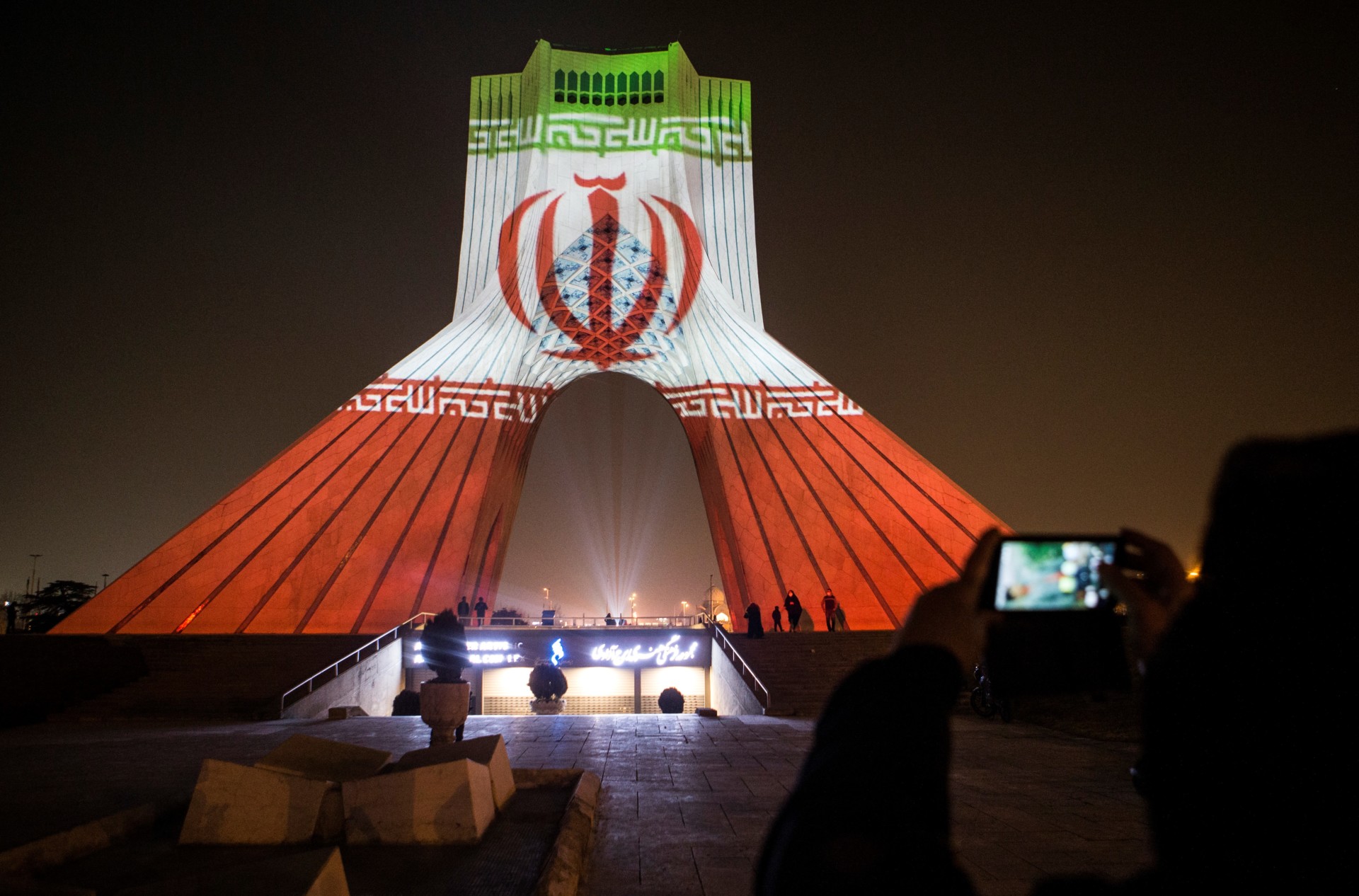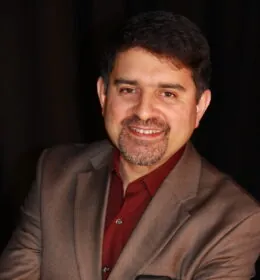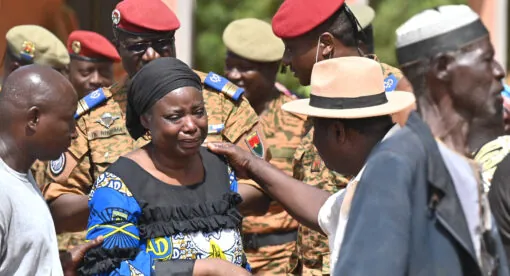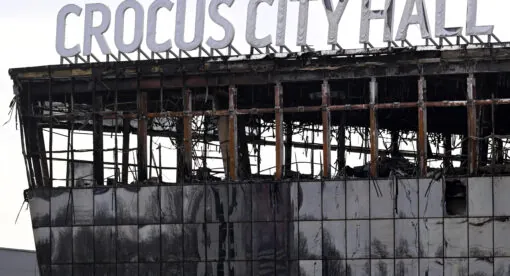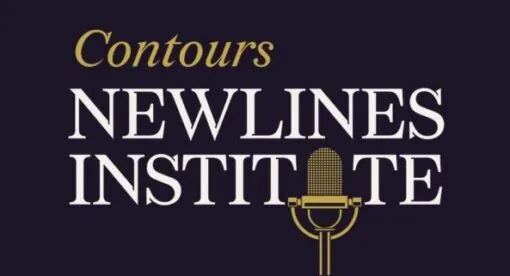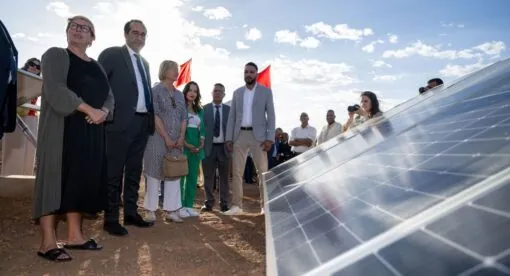In the wake of public unrest in Iraq and Lebanon, a flurry of articles in the mainstream media argued that Iran’s geostrategic interests are at risk. This conversation ignores two key dynamics inherent to Tehran’s regional sphere of influence, First, Iran is already subject to significant natural arrestors that limit its geopolitical expansion in the Middle East. Second, since the 1980s, Iran has frequently used conflicts in the majority Sunni Arab Middle East to its advantage, making gains that are unlikely to be reversed anytime soon. That said, Iran’s Achilles heel is its constant reliance on fragile coalitions between disparate and largely Shiite factions that thrive in conflict-ridden environments but lack the capacity to govern. The United States must focus on this vulnerability in order to counter the Islamic Republic’s disproportionate influence.
Chaos as Tehran’s Tool
Iran’s Supreme Leader Ayatollah Ali Khamenei made some very telling remarks about the unprecedented protests in both Iraq and Lebanon. In an Oct. 30 address to a military officers’ graduation ceremony, Khamenei described the public unrest as the result of U.S. and Western intelligence services working in conjunction with Arab Gulf states to deny security to the countries of the region. In fact, Iran’s most powerful cleric emphasized that the “number one priority” of the people of Lebanon and Iraq “is to deal with the lack of security.” He paid lip service to the public grievances against bad governance when he called on the protesters to seek redress through legal channels.
Just as turmoil serves as oxygen for transnational jihadists, Iran too is only able to enhance its geopolitical fortunes in a climate of crisis. Indeed, pro-Iranian Shiite actors have gained power in the northern rim of the Middle East in an environment shaped by geosectarianism. Accordingly, Iran has been able to make use of chaos in the region and help its allies maintain the upper hand in battle spaces such as Syria and Yemen. It has also helped its allies consolidate power via post-conflict electoral processes, as we have seen in the cases of Hezbollah and its Christian allies in Lebanon and the Shiite and Kurdish factions in Iraq.
To a great extent, Tehran’s disproportionate influence is a function of the Sunni Arab crisis of leadership. Its history of power-projection efforts, however, shows just how difficult it has been for the Islamic republic to establish and hold on to a contiguous sphere of influence on its western flank. In the 1980s, while it was cultivating Hezbollah in Lebanon and with the assistance of the Alawite-dominated Assad regime in Syria it was faced with a massive threat in the form of the ruinous war with Iraq. It was only in the 1990s that its investment in Hezbollah began to pay-off when the Lebanese Shia movement began to emerge as a major political and military force.
Likewise, in the 2000s, Iran expended a great deal of energy to take advantage of the U.S. invasion of Iraq and ensure the establishment of a pro-Iranian regime in Baghdad. By late 2010, Hezbollah was in the driver’s seat in Lebanon and Iran’s allies in Iraq were in control of the country’s central government. Within months though the future of the Assad regime was in jeopardy in the wake of the Arab Spring uprising and with it came the threat of ISIS. It has only been a couple of years since Iran was able to secure the Assad regime against a potential collapse and neutralize the ISIS threat in Iraq. While the Assad regime future remains in question given Turkey’s long-term imperatives vis-a-vis Syria the Iranians are now faced with a new and more immediate threat.
Issues of Governance
Iran has been able to expand its tentacles in the Arab world through the proxy tradecraft its intelligence services and elite military force, the Islamic Revolutionary Guards Corps (IRGC), developed over the decades. While this has allowed Tehran to forge a sphere of influence extending to the Mediterranean Sea, holding on to it remains a perennial challenge. Consolidating these regional gains requires building political economies — an expertise that Iran and its Arab Shia allies sorely lack. The large-scale demonstrations in Iraq and Lebanon demanding better governance underscore a critical weakness in Iran’s regional strategy..
For the longest time, pro-Iranian actors in Iraq and Lebanon have avoided backlash over everyday issues of poor service delivery, corruption, economic mismanagement, and unemployment. This is because the focus has been on more existential issues involving armed conflicts and/or political struggles. During the wars in Syria and Iraq, especially in the more recent efforts to fight the transnational jihadist regime of ISIS, Iran and its allies were able to mobilize effective fighting forces. Hezbollah militiamen played a critical role alongside IRGC personnel and other Shiite guerillas in preventing the fall of the Assad regime. The IRGC’s overseas operations arm, the Qods Force, led by famed commander Maj. Gen. Qassem Soleimani, was able to marshal the Shiite irregulars known as the Popular Mobilization Forces to fight ISIS after the jihadists seized control of significant areas in western and northern Iraq in 2014.
In addition to fighting the geosectarian “other,” Soleimani and his Qods Force have also spent decades managing intra-Shia rivalries – initially in Lebanon but far more extensively in Iraq, where the majority community is deeply factionalized. Most observers tend to view Iran’s involvement in its western neighbor as simply support for Shiite Islamist militias. However, the Qods Force has been engaged in a much more sophisticated proxy project that has required maintaining a balance between the various Iraqi Shiite factions as well as that between the regular armed forces of Iraq’s Shia-dominated state and the militias. This perpetual crisis mode has allowed pro-Iranian Arab Shiite groups to escape accountability on matters of political economic development.
In many ways, this situation mirrors Iran’s domestic political scene, where the regime is facing growing public discontent due to the country’s increasingly dire financial straits. The clerical regime has used revolutionary symbolism and conflicts with the United States and regional actors to manage public opinion and steer it away from the issues that matter most to them — a four-decade-old tactic that isn’t as useful as it once was. In fact, Iranians have become increasingly angry that the regime spends hundreds of billions on supporting foreign proxies in Iraq, Syria, Lebanon, and Yemen while the country’s citizenry has had to consistently tighten its belt. The Iranian regime has been able to blame U.S. sanctions for troubles at home, but its allies in Iraq and Lebanon cannot make the same case.
Iran’s Next Steps
While Iran’s influence in the Middle East is stronger than any other regional actor’s, Tehran is always operating from a weak hand. The fact that it is a Shiite Persian actor targeting a Sunni Arab majority region by using geosectarianism and Islamism underscores the limits to how far it can go in spreading its influence. Thus, the Iranians do not want popular unrest to undermine decades of work and hundreds of billions of dollars of investments that went into bringing Lebanon and Iraq within their strategic orbit. What is perhaps most disturbing for the Iranians is that they don’t have much to offer their proxies allies so that they can assuage public anger over basic bread and butter issues. Tehran is already having a hard time maintaining a fiscal balance between domestic political economic obligations and foreign policy commitments.
While the Iranians have been able to use force to deal with unrest at home, they cannot do the same in other countries or even rely on their allies there to get the job done. They have not forgotten how their Syrian ally, the Assad regime, used force against protesters in 2011 and that transformed civil unrest into a massive armed insurrection – a situation that Tehran has cost Iran billions. The risks are even greater in Iraq and Lebanon, where many of the protesters are Shia. Such an approach would alienate the very people that Iran has been trying to co-opt through shared sectarian identity.
This would explain why Iran is trying to paint the uprisings as a threat to security in the region. But Iran’s resistance narrative does not work at a time when external threats are absent or become less urgent. While Khamenei has urged the demonstrators to channel their demands through the existing “legal structures,” the reality is that the political system in its current configuration is incapable of delivering. Iran knows this and is thus only trying to buy time by getting people off the streets. The challenge that the Iranians face is that most protestors do not appear to be linked to the organized political groups composed of elites and their patronage networks that have benefited from Iranian support.
That said, the Iranians do take comfort from the fact that the only alternative to the current system is a political vacuum – an outcome that they hope will deter the dissenters. The fact that Iran’s proxy project lacks a long-term strategy for political economic governance after its allies take power represents a key vulnerability for Tehran and an opportunity for Washington. The United States, which is already engaged in countering Iranian disinformation and propaganda, should go on the offensive and target this susceptibility by making the case that like ISIS, the Islamic Republic only thrives on geosectarianism. The clerical regime has nothing to offer in terms of a viable model for socio-political economic development. Such an approach will help counter Iran’s moves to exploit conflicts in the Middle East, but it will require zeroing in on the limits of Iranian capabilities.
Dr. Kamran Bokhari is Director of Analytical Development at the Newlines Institute. Dr. Bokhari is also a national security and foreign policy specialist at the University of Ottawa’s Professional Development Institute. Bokhari has also served as the Central Asia Studies Course Coordinator at U.S. Department of State’s Foreign Service Institute.
The views expressed in this article are those of the author and not an official policy or position of the Newlines Institute.

